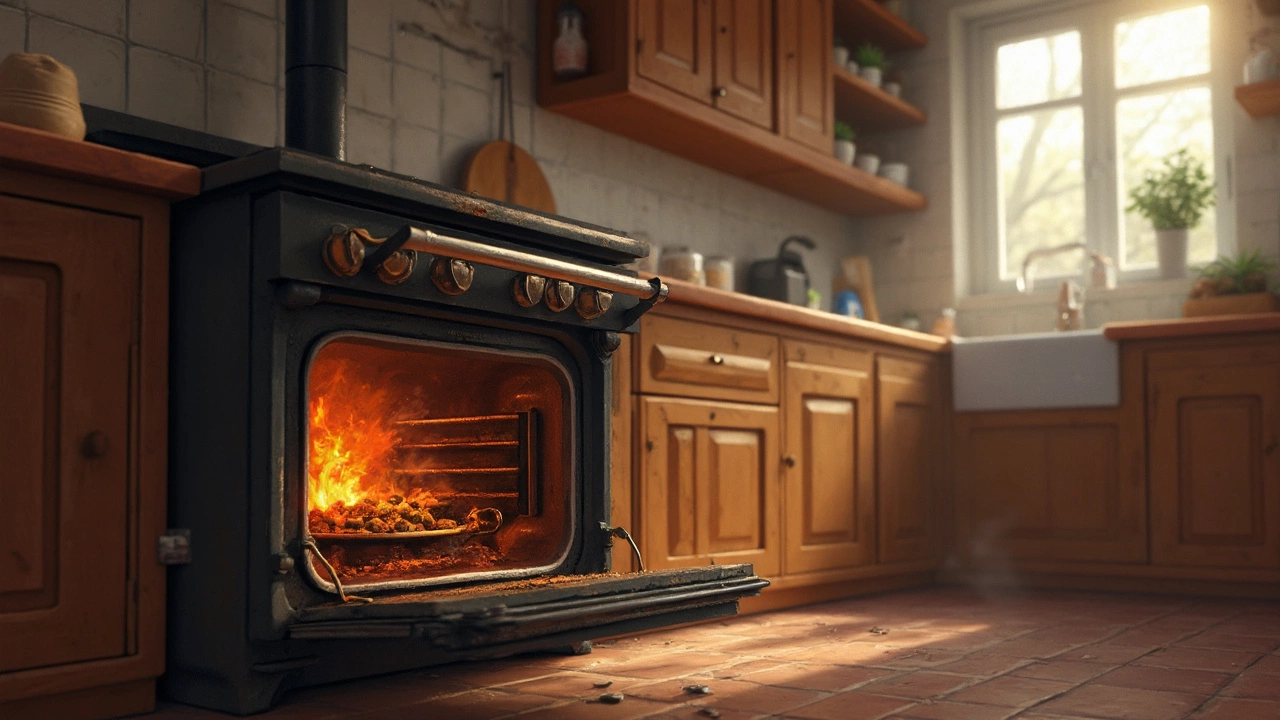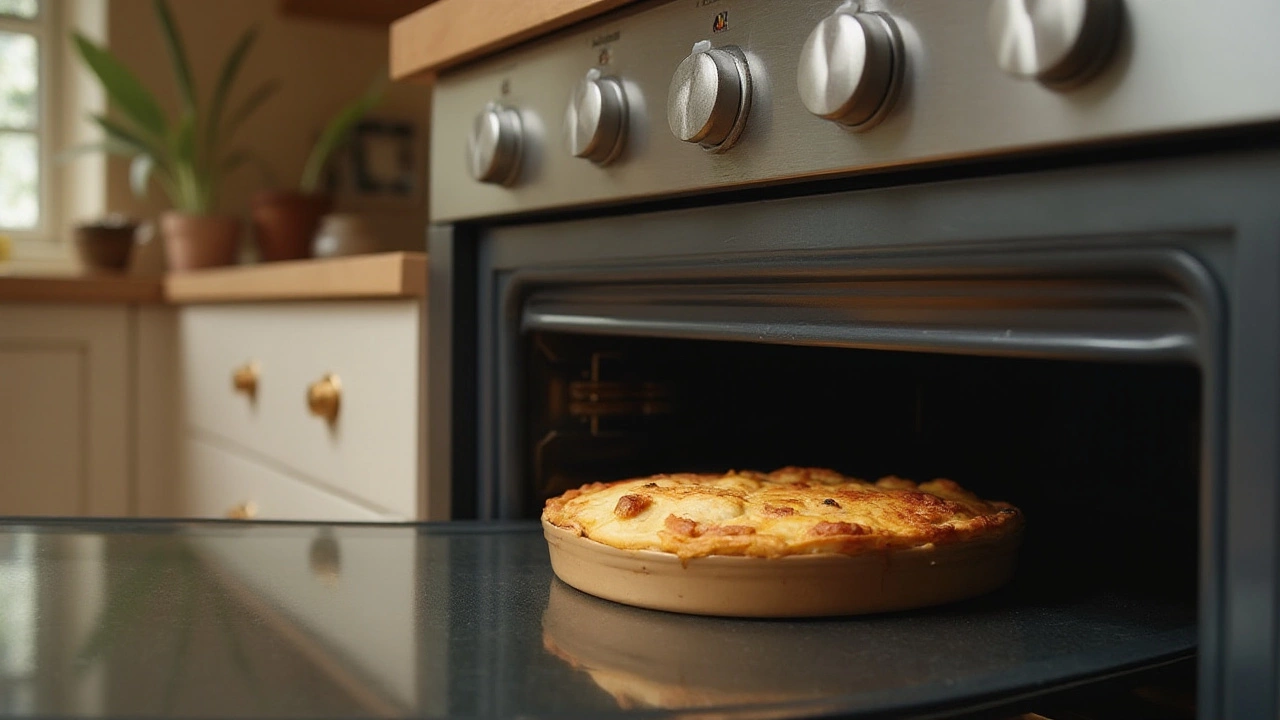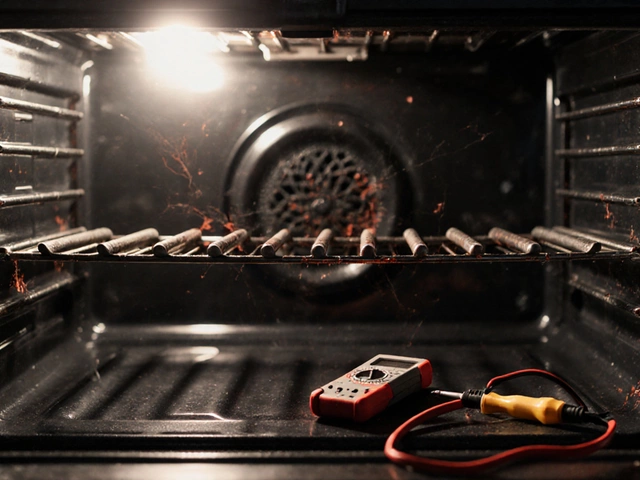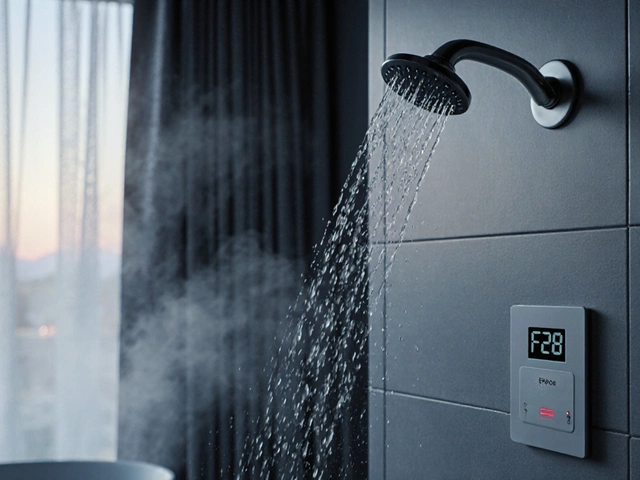Ever find yourself standing in front of the oven, wondering why your cake mix is still just a lump of goo? It might be because your oven element is blown. Figuring this out is simpler than you think.
Start by looking for signs of a blown element. If it’s not heating up at all or heating unevenly, these are big giveaways. Listen for odd noises too. A buzzing or hissing sound means something’s not right.
Next, check for visible damage. Unplug your oven first, safety first, right? Look for blisters, breaks, or discolored patches on the element. These are clear indicators that your oven needs some TLC.
Signs of a Blown Element
Spotting a blown oven element isn't as tough as you might think. There are a few tell-tale signs that can simplify the mystery of why your meals aren't cooking right. Let's break it down for you.
Uneven or No Heating
If you notice that your electric oven isn’t heating up or only heats in certain areas, the element could be the culprit. An oven that turns on but doesn't heat is the most obvious sign of a problem.
Visual Clues
Sometimes, it's as easy as looking inside. Check if the element is glowing red when the oven is on. If only parts or none of it glow, then that's a signal it's blown. Ensure you switch off and unplug the oven before inspecting—safety can't be stressed enough!
Noises Tell All
If your oven is making strange noises, like buzzing or sizzling, it's a clue something's amiss. These sounds occur when a power surge causes issues with the element.
Consistent Tripping of Circuit Breaker
An electrical surge caused by a damaged element can trip the circuit breaker. If this happens frequently each time you use the oven, it’s worth getting seriously suspicious of the oven element.
These signs are usually good indicators to check if your oven element is in good shape. Look out for these clues and save yourself a potentially expensive service call!
Visible Damage to Look For
When trying to figure out if your oven element is blown, a good place to start is by checking for any visible damage. It's the kind of thing you can often spot with your own eyes, no toolkit required.
Signs of Trouble
First, make sure the oven is cool and unplugged—it’s not worth getting shocked over breakfast. Now, take a close look at the element. You're searching for blisters or bulges. These often mean the element has overheated at some point, causing it to fail.
Cracks or breaks on the element are another clear sign that it’s kaput. If you see any, it’s time to consider a replacement.
Discoloration
Discoloration is another indicator that something might be wrong. A lot of times, a blown oven element will have burnt-looking spots, especially if there’s been a short circuit. This kind of damage is usually a clear signal it’s time to swap it out for a new one.
Table of Common Visual Issues
| Type of Damage | What It Means |
|---|---|
| Blisters | Element has overheated |
| Cracks or Breaks | Element is non-functional |
| Discoloration | Potential short circuit |
After spotting any of these issues, the next step is ordering a replacement and figuring out whether you can handle the swap yourself or need a pro. If in doubt, don’t shy away from calling in an expert. It’s better than ending up with a bigger problem on your hands.

Testing the Element
So, you suspect your oven element might be the culprit, and you're ready to play detective. Good news—testing the element is something you can do yourself with just a few tools. Here's a step-by-step guide to help you out.
Safety First
First things first, let's not forget the basics. Ensure your oven is unplugged. Electric ovens carry a heavy current, and we want to keep all fingers intact!
Tools You’ll Need
- Multimeter
- Phillips screwdriver
- Safety gloves
Steps to Test Your Element
- Take it out: Remove the oven racks for better access. Then, using a screwdriver, carefully unscrew the element from the oven's back wall. Watch out for any clips or connectors holding it in place.
- Visual check: Give it another once-over. Look for any obvious signs of damage like dark spots or a broken section. If you notice these, chances are high it's blown.
- Use the multimeter: Set the multimeter to the lowest resistance setting. Connect the probes to each of the element's terminals. For a functioning element, you should see a reading between roughly 10 to 50 ohms. If the multimeter doesn’t move or shows infinite resistance, your oven element is likely toast.
Interpreting Results
A reading below the optimal range generally means a problem. Mild variations are fine, but a big miss? Time to update the shopping list with a new element.
Did you know a well-maintained oven can last over a decade? Regular checks like this one can keep everything running smoothly, saving you money and a lot of kitchen frustrations!
When to Call a Professional
So, you've done your checks, and things are still not adding up? That’s a good time to consider bringing in a pro. Here’s when to dial up the experts.
Beyond Basic Fixes
If you’ve tried figuring out the issue, and your electric oven repair attempts haven’t worked, it’s best to consult someone with experience. We’re talking beyond turning it off and on again. A professional can properly diagnose and tackle problems with the oven element that aren’t obvious at first glance.
Safety Concerns
Messing with electrical stuff can be dangerous if you’re not sure what you’re doing. If dealing with exposed wires or a complex problem, it’s safer to have a certified electrician or appliance repair specialist take a look.
Cost vs. Convenience
It might feel like a good idea to handle repairs yourself to save some cash. But professionals have access to factory parts and tools, ensuring your oven gets back to working its best. Plus, if the job’s not done correctly, it could lead to bigger costs down the line.
Warranty Should Cover It
Check if your oven’s warranty covers repairs. Some manufacturers require certified pros to do the fix, or it voids the warranty. Better safe than sorry, right?
Getting a blown oven element professionally repaired can add a few more years to your appliance’s life. Don’t hesitate to call when a quick DIY just won’t cut it!





